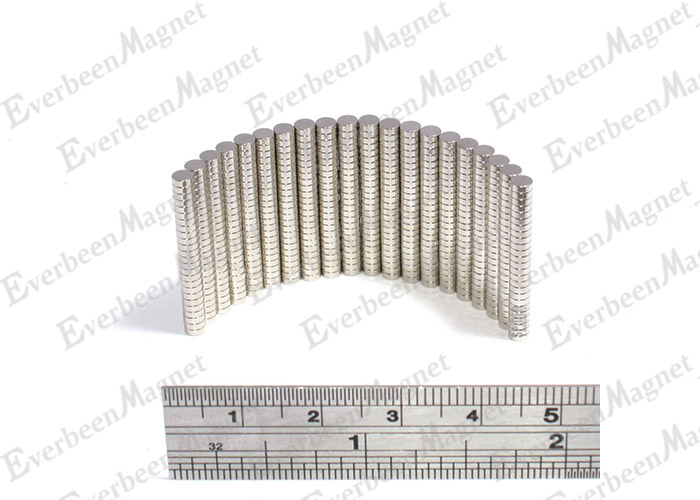Neodymium magnets, also known as neodymium magnets (rare earth magnets), today's problem is the temperature at which neodymium magnets lose their magnetism. At what temperature does magnetism completely disappear?
The temperature difference between magnets of different materials is very large. Standard N neodymium magnets can withstand temperatures up to 80°C and start to drop at 80°C. If the magnet is quickly brought back to room temperature, all of its magnetism will be restored. However, when the temperature exceeds 80°C, the magnetism is permanently lost for a long time.
The limit working temperature of NdFeB products is 80~180℃, and the permanent magnetization loss temperature is 310℃, which is the Curie temperature of N35 brand NdFeB magnets.
At room temperature, the magnetic force will also disappear under certain conditions;
1. Serious impact
2, placed in a strong magnetic field
Demagnetization is a gradual process, and the Curie temperature is the point at which magnetism is completely lost.
This is the temperature at which neodymium magnets lose their magnetism. Demagnetization occurs when a magnet reaches or approaches its maximum operating temperature.
Ps: The shape of the neodymium magnet also directly affects how much heat it can withstand. Generally, thin magnets absorb heat more easily than thick magnets.
Magnets are mainly divided into two categories, "permanent magnets" and "non-permanent magnets". Permanent magnets are natural chemicals, also known as natural magnets, and can also be made by hand (neodymium magnets are strong magnets). On the other hand, non-permanent magnets only appear in certain standards, usually in the form of electromagnets, which use an electric current to enhance their electromagnetic field.
Rare earth permanent magnets are divided into NdFeB magnets, ferrite magnets, and AlNiCo magnets of various materials. As far as I know, samarium cobalt magnets can work at high temperatures without changing their magnetic force, over 500°C to 600°C. Needless to say, the key to high-temperature magnets is to keep their magnetic force constant in a high-temperature natural environment.
Can high temperature magnets withstand a high temperature of 600℃? Such as ferrite core rare earth permanent magnets at 450℃, NdFeB permanent magnets at 310℃, samarium cobalt permanent magnets at 750℃, and AlNiCo permanent magnets at 850℃. Above this temperature, the magnetic energy of the tape causes unstable and malignant changes. The magnetic energy also has a tendency to decrease in the operating temperature range, which is related to the connection point in operation. Above 1500 degrees, melting and demagnetization occur.
